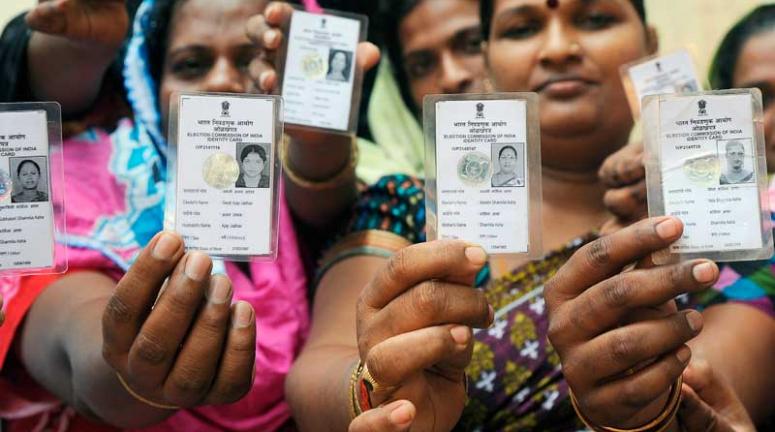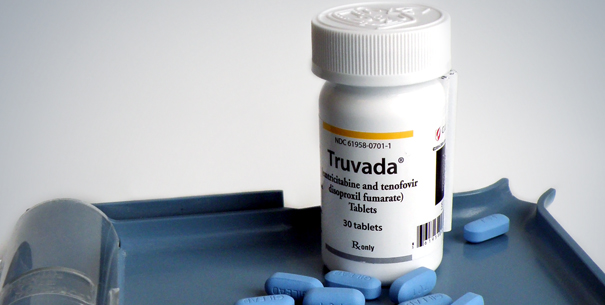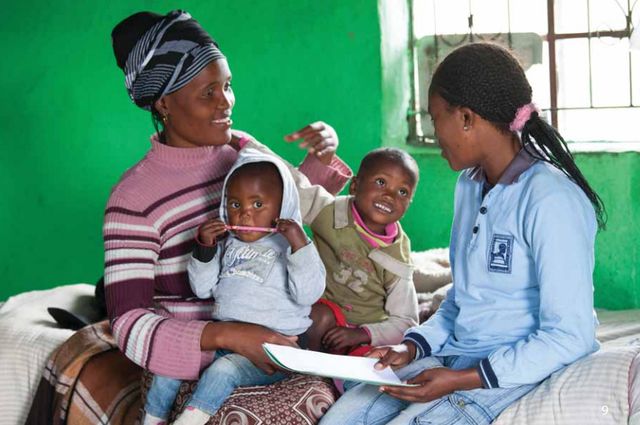تعدادی از داروهای ضد ویروس اچ آی وی سال 2015 میلادی، داروهایی هستند که در گذشته تولید شده اند و هنوز برای درمان مبتلایان به ویروس اچ آی وی و بیماران به ایدز بکار برده می شوند. اما با این تفاوت که داروهای از نوع جدید با کیفیت بهتر و با عوارض جانبی کمتری برای بدن برخوردار می باشند. داروهای جدید، ترکیبی (از چند دارو ساخته شده) نیز می باشند. به همین دلیل بیماران روزانه تعداد کمتری دارو مصرف خواهند کرد، که این خود گام بسیار خوبی برای آسانتر ساختن درمان مبتلایان و بیماران می باشد. اینک این داروها در بازار در دسترس بیماران قرار دارند.
برگردان: کیومرث سراج الهی
One doctor’s perspective On the state of HIV TREATMENT
By Joel Gallant, MD, MPH
Antiretroviral therapy (ART) options continue to expand and improve, making antiretroviral therapy (ART) easier, better tolerated, and more convenient. In this article, I’ll discuss my own opinions on options for initial therapy, and what’s in the pipeline.

Foto: Dr. Katharina Thiele, MHBA / HIV&more
Initial Therapy
There’s a wealth of potential options for first-line therapy, but only a few combinations that we’re now starting with on a regular basis. Integrase inhibitors are hot these days, because in trial after trial, they’re either as good or better than older regimens, with clear tolerability advantages. Speaking for myself, there are just a handful of “go-to” regimens for patients starting ART without baseline resistance, listed here in no particular order.
- Stribild
- Triumeq
- Tivicay plus Truvada
- Boosted Prezista plus either Truvada or Epzicom
Of course, I have patients on many other first-line regimens. There’s no reason to switch therapy in someone doing well on Atripla, Complera, Viramune, or Isentress, for example. But I generally stick with one of the choices mentioned above if I’m starting ART for the first time. Here’s why.
continue reading / weiterlesen / ادامه مطلب









